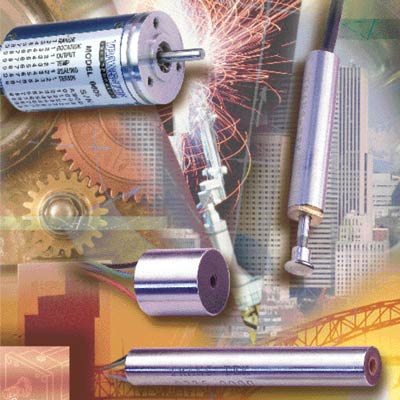Five Questions For Procuring the Right LVDT for Your Application
Written by transtek_admin on 11/03/2022

LVDTs are used in a variety of applications and operating environments. There are several variables to consider when specifying one for your exact needs. Getting this right could mean make or break for the unit long term. To help guide you in your selection, we’ve boiled the process down to answering five key questions as follows:
How much do you need to measure with the LVDT
In other words, what’s your required stroke length? Stroke length is determined by the dimensional range of what you are measuring. There’s a direct relationship between the measurement length and the length of the unit. Shorter stroke applications can use a much shorter unit. Conversely, longer stroke requires a larger unit. In certain cases, the stroke might be too big or too small to even use an LVDT. Alternative approaches to measurement must be considered.
How much room do you have to fit the LVDT?
This simply refers to how much physical space you have for the LVDT. This is important since the size and bulkiness of the unit can vary greatly. Some bigger sensors are almost an inch in diameter, while smaller ones are closer to a quarter inch in diameter. Also, sometimes the environmental factors will dictate the size of the unit. For instance, if you are operating in a high pressure environment, the unit will need to be much bigger. As we discussed previously, high pressure units need additional reinforcements to handle these more extreme conditions. Without which, they will get crushed.
What are your application-specific environmental conditions?
Environmental conditions are a key factor in determining the right type of LVDT. In addition to pressure, these include temperature, exposure to shock or vibration, and other application-specific factors such as salinity when water is at play.
High temperature uses such as down-hole drilling or rocket launching require LVDTs that can handle the heat. While stainless housings don’t typically pose an issue, it’s the inside of the unit that needs to be upgraded. These LVDTs require modifications such as using hi-temperature epoxy, insulation, wires or cabling.
For salt water uses, stainless steel housings will not last. Something more durable must be used, typically an alloy specified for the use. The same thing applies to applications such as drilling, or other environments with corrosive vapors. Stainless steel will work in the short term but will eventually corrode and fail. The investment in higher grade, more durable metals will be worth it in the long run.
Is there shock and vibration?
Standard units can only hold up to a certain amount of shock and vibration. Remember, an LVDT contains windings and thin wires sealed inside. Standard units are designed to be as small and efficient as possible, meaning there’s typically not a lot of cushion or insulation inside. So, with one good whack, or exposure to the effects of vibration over time, the unit will fail. Connections break. Windings come out. A ruggedized approach must be taken in these cases. This includes sealing the winding better, almost like a varnish. Insulation cushioning is added to absorb shock and vibration. Filling it with epoxy is also an option in certain cases. The goal is essentially to reinforce the unit wherever possible, in addition to other considerations aimed at providing strain relief.
What frequency response does your LVDT require?
You may recall an earlier blog where we talked about selecting the right frequency response for our LVDT. It comes down to a few things. Primarily, you must consider the speed of what you are measuring. (If it’s moving too fast, you might not be able to measure it with an LVDT.) Other key factors include output and other system requirements, such as physical connections. For additional details on optimal LVDT frequency response, please see our previous post.

